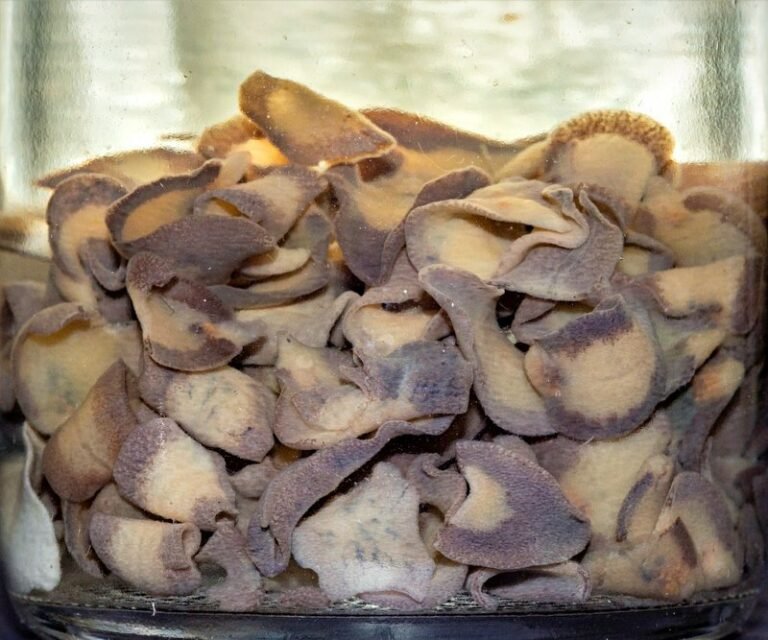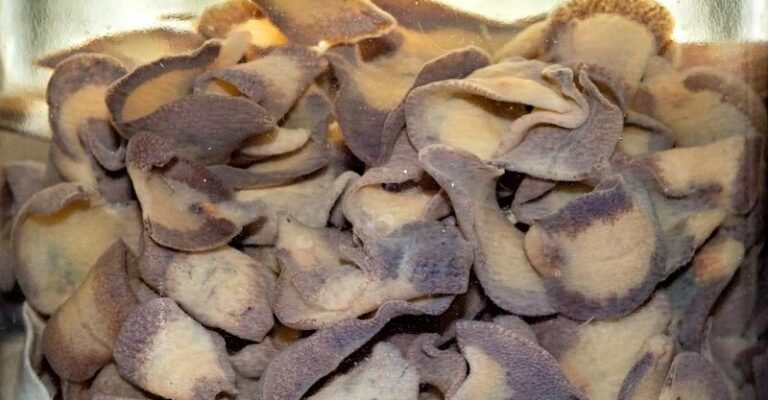
Imagine a community where people are trying to control a pesky weed in their garden. They can either ignore it and let it thrive or study it to understand its lifecycle, making it easier to manage. The same goes for liver flukes. By studying them in captivity, we might uncover secrets about their biology and how to combat their harmful effects on livestock. So, can we keep these little guys in a lab and learn more about them? Let’s get into the nitty-gritty of liver flukes in captivity.
What Are Liver Flukes?
Liver flukes are trematodes, a class of flatworms, with a handful of species that mainly affect livestock. The most notable among them is *Fasciola hepatica*, which can cause serious health problems in infected animals. These flukes have a complex lifecycle that involves multiple hosts, typically starting with snails, which serve as intermediate hosts before they find a suitable final host, like a cow or sheep.
You might be wondering what makes these parasites so interesting. Well, they have fascinating adaptations that allow them to survive in challenging conditions and inside other animals. For instance, liver flukes can produce a vast number of eggs, ensuring that even in tough environments, some will survive. This resilience makes them a critical study subject for understanding parasitology and managing livestock health.
The Lifecycle of Liver Flukes
Understanding the lifecycle of liver flukes is crucial if we want to study or farm them effectively. The lifecycle begins when a host animal sheds fluke eggs in their feces, usually in a wet area where snails reside. Once these eggs hatch, the larvae invade snails, where they grow and multiply. Eventually, they leave the snail as another larval form, ready to infect the grazing animals.
Here’s the breakdown of their lifecycle:
- Eggs: Laid in the environment by infected hosts.
- Miracidium: Free-swimming larvae that infect snails.
- Cercariae: Larval stage that leaves the snail, often encysting on vegetation.
- Metacercariae: Infected larvae that are ingested by grazing hosts.
- Adult Flukes: Develop in the liver and lay eggs.
Studying each stage of this lifecycle in captivity could help researchers find ways to interrupt it, preventing the flukes from infecting livestock.
Can Liver Flukes Be Studied in Captivity?
Absolutely! Studying liver flukes in an experimental setting allows researchers to observe their behavior, development, and interactions with their hosts without the unpredictability of a natural environment. It’s like having a front-row seat to a show where you can pause, rewind, and analyze every little detail.
To successfully study liver flukes in captivity, researchers replicate the conditions these parasites need to thrive. This often involves creating suitable habitat for the snails and ensuring a consistent supply of potential host animals. It’s a bit like running a tiny ecosystem where every element plays a critical role.
A controlled environment aids researchers in understanding the intricacies of liver flukes. This data can lead to better treatments for infected animals and even strategies to preemptively reduce infection rates through management practices in livestock farming.
Farming Liver Flukes: Is It Feasible?
Farming liver flukes sounds a bit unconventional, but in certain contexts, it could be beneficial. For instance, they could be raised to study their biology, leading to improved veterinary medicines or treatments for infected livestock. However, ethical considerations come into play since these are parasites, and their farming could lead to unintended consequences.
Here’s the thing: if liver flukes are farmed, they must be managed carefully to prevent them from accidentally infecting livestock or spreading in uncontrolled environments. This presents challenges because the very thing that allows them to thrive is their ability to adapt and reproduce in various conditions.
Researchers would need to establish strict protocols to ensure that any farming done does not contribute to the already significant problem of liver fluke infections in livestock.
Potential Benefits of Studying and Farming Liver Flukes
Despite the challenges, there are potential benefits to studying and even farming liver flukes. By gaining insights into their biology, scientists can develop better treatment options for affected livestock, leading to healthier animals and improved agricultural productivity.
This knowledge can also contribute to better grassland management practices. Understanding how flukes interact with their environment can help farmers design systems that minimize infection risk while maintaining biodiversity.
Moreover, studying liver flukes can also shed light on broader ecological questions. Parasites play a role in their ecosystems, and understanding their dynamics could lead to innovative approaches to managing wildlife health and agricultural practices simultaneously.
Challenges in Captivity Research and Farming
Like any scientific pursuit, studying liver flukes in captivity comes with its own set of challenges. One major issue is replicating a natural environment for both the flukes and their hosts. Maintaining the right conditions for snails and livestock while ensuring the flukes can thrive can be complicated and resource-intensive.
There’s also the ethical side to consider. Farming parasites raises questions about animal welfare and potential impacts on the environment. Researchers have to navigate these concerns carefully while still pursuing their scientific goals.
Lastly, funding and resources can be a hurdle. Researching lesser-known topics like liver flukes often competes with more popular studies. Convincing funding bodies of the importance of this research can be tricky, but the potential benefits could make it worth their while.
The Future of Liver Fluke Research
The future of liver fluke research and farming looks promising, especially as agricultural practices evolve. More focus is being placed on sustainable farming and minimizing the use of chemical treatments. By studying liver flukes, researchers can uncover novel solutions that keep fluke populations in check while reducing reliance on harmful substances.
Additionally, advancements in technology could play a significant role. Using genetic editing tools and new diagnostic methods, scientists can better understand how liver flukes operate, leading to breakthroughs in prevention and treatment.
With growing awareness of the impacts of parasites on livestock and human health, the conversation around studying and potentially farming liver flukes is bound to continue. It’s a complex, multifaceted issue that requires careful consideration, but it also holds the promise of advancing our knowledge in both parasitology and livestock management.
In conclusion, studying liver flukes in captivity opens the door to a better understanding of these fascinating parasites and could lead to improved farming methods to combat their effects. While there are challenges and ethical dilemmas, the potential benefits make it a worthy pursuit. So, keep an eye on this field—who knows what discoveries lie ahead?

